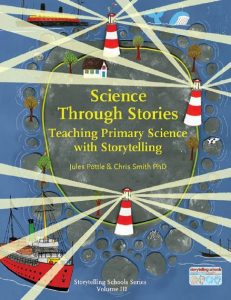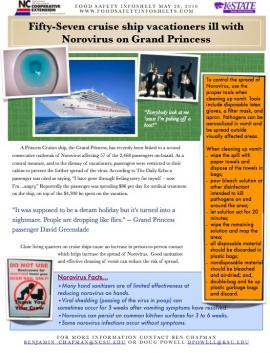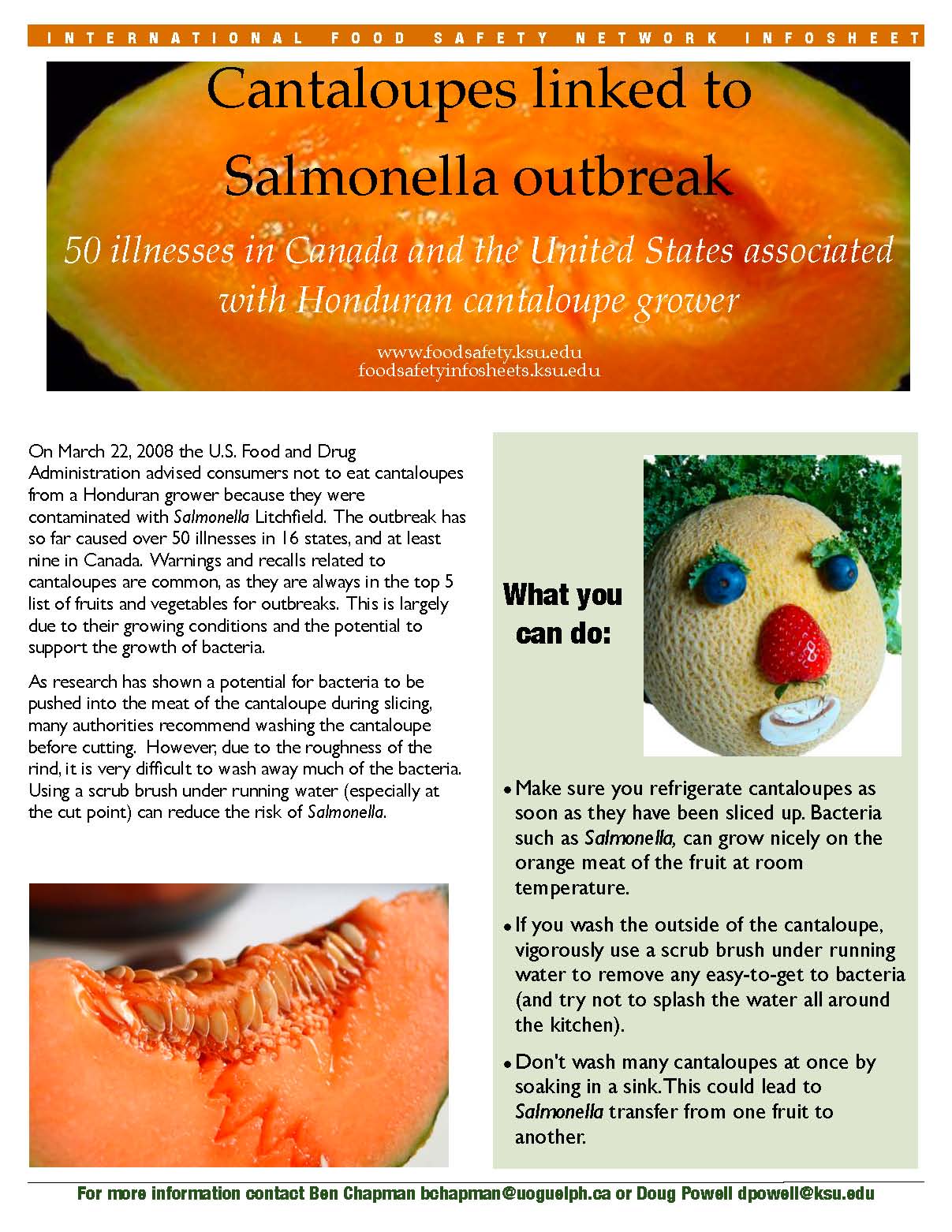Whenever I speak with a psychiatrist or psychologist who is trying to rearrange my brain until I’m sane, they all say the same thing: stop with the stories and get to the point.
 They think I’m using stories as a distraction tactic, whereas I’m using stories to enhance the meaning of what is or isn’t going on upstairs.
They think I’m using stories as a distraction tactic, whereas I’m using stories to enhance the meaning of what is or isn’t going on upstairs.
If you’ve seen the film, Lincoln, you may know what I’m storying about.
And the eggheads don’t get it.
Leo Robson of New Statesman America writes that although it has been more than 60 years since Ernst Gombrich delivered his Mellon lectures on art and illusion – the title of his subsequent bestselling book – the application of empirical thinking to works of culture or creativity is still considered a minority interest, even a kind of novelty. There are academic courses in critical approaches such as “evolutionary literary theory” and “cognitive poetics”, but they are taught by academics with devoted professorships in other fields of study.
With notable exceptions, most of the movement has been from the humanities towards the sciences, as was the case with Gombrich, who used cognitive psychology to illuminate the processes of visual representation; with the film scholar David Bordwell, who has cited Gombrich’s example; and with the Nabokov biographer Brian Boyd, who in his book On the Origin of Stories (2010) mentioned the “revelatory” experience of discovering Bordwell’s work. Now Will Storr, a journalist and writing teacher, has written an account of our story-telling instincts that doubles as a guide to telling better stories.
It would be hard to imagine a case of more wholehearted advocacy. The book is heavy with categories, dichotomies and tags (“identity claims”, “feeling regulators”). Storr begins with the idea that stories emerged to address the fact that life is “meaningless”. This does not explain why a child oblivious to the planet’s looming “heat death”, the “infinite, dead, freezing void”, may still enjoy an episode of Paw Patrol, but it’s true that a desire for order has always prevailed among human beings. Or, in Storr’s rather Tarzan-ish phrasing, “Story is what brain does.” He goes further, arguing with clarity and conviction that it is due to our brains’ desire for control that we are excited by stories of change. Boy meets girl. Stranger dismounts from horse. Complacent youth is humbled. Ancient order shows signs of frailty.
Storr succeeds in bridging evolutionary psychology and narrative theory, or making one the basis for the other. But unlike Gombrich or Bordwell, his aim isn’t to answer a critical question better. He’s probing his own craft in order to teach it to others. So it’s odd that he approaches the subject mainly as a researcher. He doesn’t bring to bear his experience of working on his novel, The Hunger and the Howling of Killian Lone; or of turning research into books, such as The Heretics; or, in his work as a ghostwriter, shaping reams of interview transcripts into a pleasing or plausible account of a life. It would be rather as if David Hockney had neglected to mention his life as “an artist, a mark-maker”, in Secret Knowledge, his remarkable study of optical devices.
Instead, Storr turns to novels and films for examples of storytelling that appeal to our neural processes, but they do little to help his case. He tells us that Raymond Chandler packs “a tonne of meaning” into the image “Dead men are heavier than broken hearts”; and that the lines “I love the smell of napalm in the morning” and “These go to 11” are “so dense with narrative information it’s as if the entire story is packed into just a few words”. His most frequently cited case studies are Kazuo Ishiguro’s novel The Remains of the Day and Citizen Kane, though neither is very representative, being less stories than meta-stories, respectively a faux-memoir of an unusually ruminative sort and the portrait of a journalist assigned to uncover what made a man tick.
It’s in the writing manual section that the book is at its strongest. In one terrific passage, Storr explains that an audience’s curiosity – resembling the shape of the lower-case “n” – peaks when we know something and fades away when we know everything. Then, in an appendix, Storr elaborates his theory that “more traditional” – ie non-science-based – “attempts at decoding story”, such as Joseph Campbell’s monomyth” or idea of the “hero’s journey”, have emphasised ideas of plot and structure at the expense of what he calls “character work”. Storr’s concept of the “sacred flaw” – an over-compressed phrase referring to the faulty concept that a character holds sacred – is lucid, original, plausibly grounded in the science and proves once again just how much goodwill can be derived from a satisfying ending, even when it depends on a deus ex machina (I don’t speak foreign languages).


.jpg) involved, and rewarded for positive outcomes.
involved, and rewarded for positive outcomes. Posting graphical, concise food safety stories in the back kitchens of restaurants can help reduce dangerous food safety practices and create a workplace culture that values safe food.
Posting graphical, concise food safety stories in the back kitchens of restaurants can help reduce dangerous food safety practices and create a workplace culture that values safe food. communication tool designed to appeal to food handlers and compel behavior change, were evaluated. Food safety infosheets were provided weekly to food handlers in working foodservice operations for 7 weeks. It was hypothesized that through the posting of food safety infosheets in highly visible locations, such as kitchen work areas and hand washing stations, that safe food handling behaviors of foodservice staff could be positively influenced. Using video observation, food handlers (n ~ 47) in eight foodservice operations were observed for a total of 348 h (pre- and postintervention combined). After the food safety infosheets were introduced, food handlers demonstrated a significant increase (6.7%, P , 0.05, 95% confidence interval) in mean hand washing attempts, and a significant reduction in indirect cross-contamination events (19.6%, P , 0.05, 95% confidence interval). Results of the research demonstrate that posting food safety infosheets is an effective intervention tool that positively influences the food safety behaviors of food handlers.
communication tool designed to appeal to food handlers and compel behavior change, were evaluated. Food safety infosheets were provided weekly to food handlers in working foodservice operations for 7 weeks. It was hypothesized that through the posting of food safety infosheets in highly visible locations, such as kitchen work areas and hand washing stations, that safe food handling behaviors of foodservice staff could be positively influenced. Using video observation, food handlers (n ~ 47) in eight foodservice operations were observed for a total of 348 h (pre- and postintervention combined). After the food safety infosheets were introduced, food handlers demonstrated a significant increase (6.7%, P , 0.05, 95% confidence interval) in mean hand washing attempts, and a significant reduction in indirect cross-contamination events (19.6%, P , 0.05, 95% confidence interval). Results of the research demonstrate that posting food safety infosheets is an effective intervention tool that positively influences the food safety behaviors of food handlers.  Twitter sucks.
Twitter sucks..jpg)